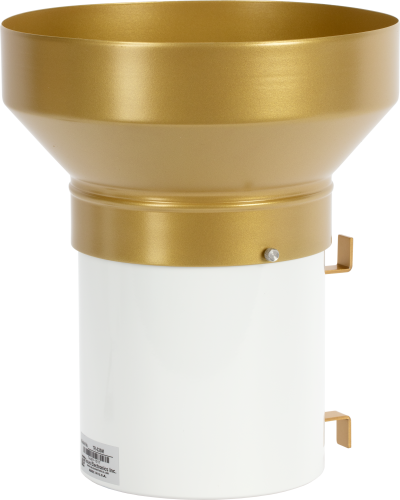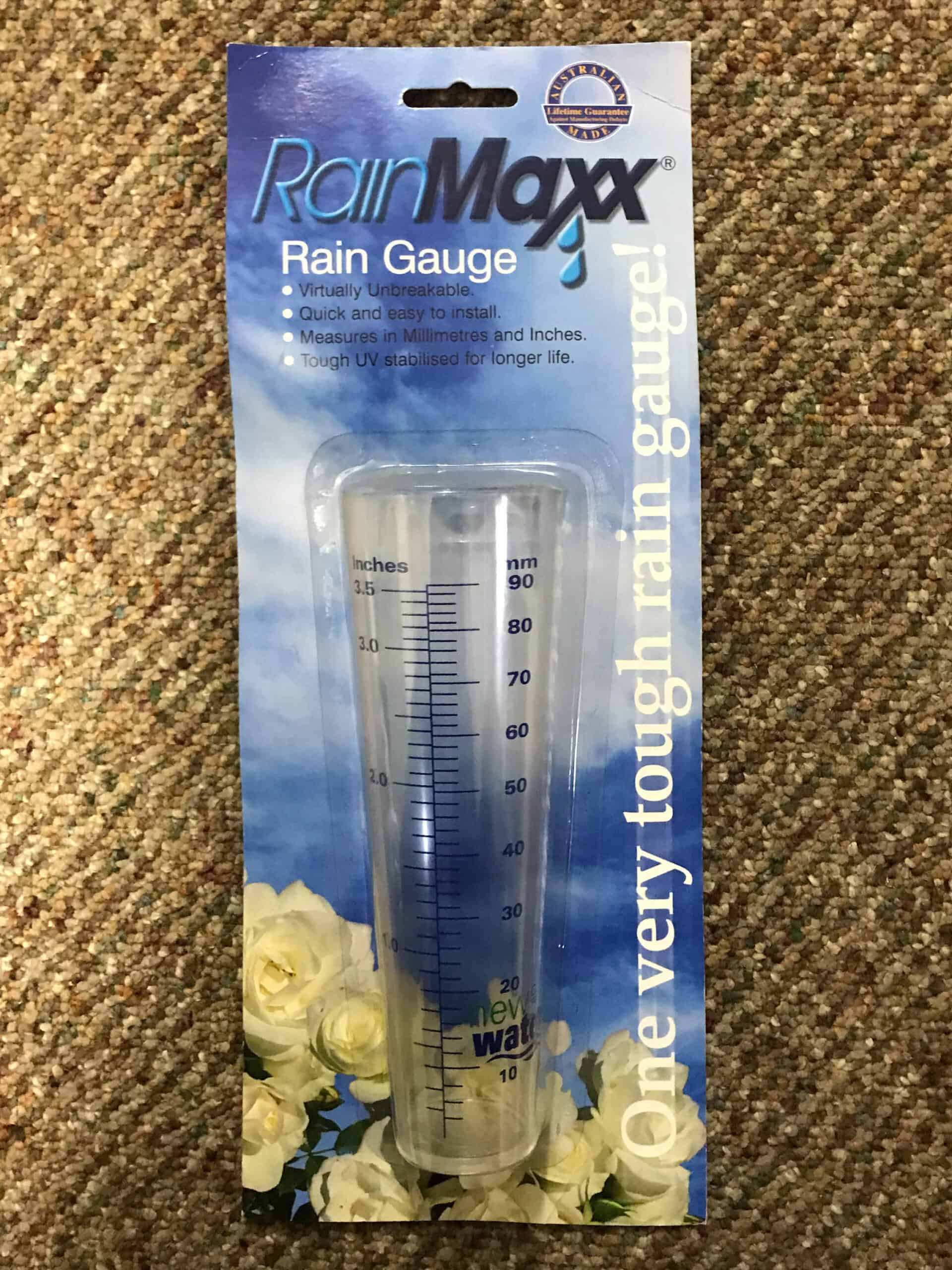Rain Gauge Acquiring Overview: What You Need to Know for Optimum Performance
Rain Gauge Acquiring Overview: What You Need to Know for Optimum Performance
Blog Article
Revealing the Science Behind Rainfall Evaluates: How These Devices Play an Essential Role in Climate Study and Ecological Tracking
Rainfall evaluates, seemingly straightforward devices, hold an extensive significance in the world of environment research study and environmental tracking. As we peel off back the layers of this clinical veil surrounding rainfall assesses, we discover a world where accuracy, information precision, and careful monitoring merge to introduce a much deeper understanding of our changing environment and its effect on the world.
Relevance of Rainfall Scales
Rainfall gauges play an essential duty in tracking and gauging precipitation levels, giving essential information for climate research study and evaluation. These gadgets are fundamental in evaluating the amount of rainfall that happens in a details location over a certain duration. By collecting and determining rainwater, rain determines deal useful insights into the circulation and strength of rainfall, helping meteorologists, hydrologists, and climatologists in comprehending weather condition patterns and patterns.
One of the essential factors why rainfall determines are important is their capability to give precise and localized information. Unlike satellite or radar-based dimensions, which offer more comprehensive monitorings, rain assesses offer exact info details to the area where they are put. This local information is vital for numerous applications, consisting of flooding forecasting, dry spell surveillance, and water resource monitoring. In addition, lasting information collected from rainfall gauges assists in evaluating environment adjustment influences and patterns, adding considerably to clinical research and decision-making processes. Basically, rain gauges act as necessary tools in the area of meteorology and environmental science, playing a vital function in advancing our understanding of climate and climate characteristics.
Kinds Of Rainfall Gauges

Capability and Operation
In the world of environment research and meteorological studies, the effectiveness of rain gauges hinge on their elaborate capability and exact operational devices. Rain determines are designed to accurately gauge the quantity of precipitation that tips over a particular area throughout a collection period. These devices usually include a funnel that collects rain and networks it into a measuring tube. The determining tube is noted with adjusted dimensions that enable the specific quantification of rains.
The functionality of rainfall evaluates is based on the concept of gauging and collecting rainwater in a standardized way. This collected information is vital for understanding local weather patterns, tracking lasting climate fads, and evaluating ecological impacts. To make sure precise dimensions, rain determines need to be tactically placed in open areas far from blockages such as structures or trees that might conflict with the collection procedure.
The functional facet of rainfall assesses entails normal upkeep to avoid debris build-up, calibration checks to keep measurement accuracy, and data recording for analysis (rain gauge). Generally, the functionality and operation of rainfall assesses are crucial for gathering reliable precipitation data crucial to environment research study and ecological Clicking Here tracking
Duty in Environment Study
Provided the crucial significance of precise precipitation measurements in understanding climate patterns and environmental effects, the function of rainfall evaluates in environment research is essential. Rain assesses provide essential information for climate study by evaluating the quantity of rainfall that falls over a particular location during an offered duration. This information is vital for keeping an eye on long-term fads in rainfall patterns, examining the influence of climate modification on rains distribution, and improving environment models.

Environment researchers make use of information collected from rainfall assesses to examine variants in rainfall degrees, recognize regional environment trends, and evaluate the effectiveness of water source monitoring methods. By comparing historical precipitation data with existing dimensions, scientists can identify changes in rainfall patterns, such as changes in the regularity or strength of rainfall occasions. This information is essential for comprehending just how climate modification is influencing rainfall dynamics and can assist policymakers make informed choices pertaining to adaptation and reduction approaches.
Applications in Ecological Tracking

In flood projecting, rain scale data helps to track rainfall intensity and distribution, enabling authorities to release timely warnings and take needed measures to reduce flood threats (rain gauge). Dry spell tracking counts on rain scale information to analyze wetness degrees in the dirt and track rainfall deficits, assisting in the recognition of drought-prone areas and the implementation of drought feedback approaches
Moreover, rain gauge information plays a crucial role in water source monitoring by offering details on water schedule and usage fads. This information is utilized to make informed choices concerning water allocation, preservation measures, and lasting water resource planning. Furthermore, in farming, rainfall scale information aids farmers in maximizing watering routines, find out this here crop choice, and overall ranch management techniques based on neighborhood precipitation patterns. In general, rainfall gauges are vital devices in ecological surveillance, providing beneficial insights that contribute to informed decision-making and lasting source administration.
Final Thought
In final thought, rain determines are vital tools for gauging precipitation, giving beneficial data for climate research and environmental surveillance. With numerous types and performances, rain evaluates play a crucial function in understanding rainfall patterns and their influence on the atmosphere. By accurately measuring rains, these gadgets add to the innovation of clinical knowledge and aid in making informed decisions pertaining to water source administration and catastrophe preparedness.
Rain gauges play an important role in monitoring and determining rainfall levels, giving important data for climate study and evaluation. The common rainfall scale, understood as the "tipping bucket" gauge, is one of the most commonly used gadgets. Ultrasonic rainfall assesses usage audio waves to find the visibility of rainfall, giving real-time data on precipitation you can check here degrees.Climate researchers make use of data gathered from rainfall determines to assess variations in precipitation degrees, identify regional environment fads, and examine the efficiency of water resource monitoring strategies.In final thought, rain determines are essential tools for gauging rainfall, giving beneficial data for climate research and environmental tracking.
Report this page